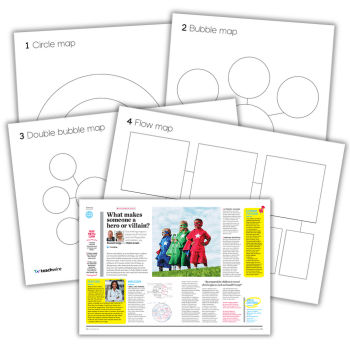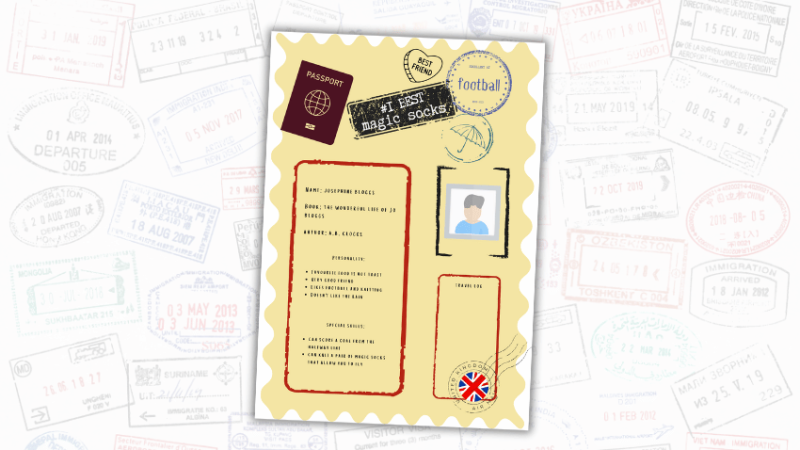Attachment aware schools – Why a relational approach really makes a difference

You probably already use the relational approach, but explicitly putting it at the heart of all you do is vital, says Karen Pilling…

The relational approach was first introduced in therapy and counselling and is based on the premise that most problems in life are relational.
Our problems often stem from negative experiences in relationships with others. Therefore, these problems can be solved by forming relationships and interacting with ‘emotionally regulated’ others.
In a school context, the relationships that may have caused damage may be with parents, family members or previous school staff.
As with attachment theory, these embryonic relationships can shape how a child grows and develops. If they are dysfunctional, it can often negatively affect development.
This can be improved by forming good relationships in school. By following a relational approach which strives to develop positive relationships, you can have a positive impact on all other areas of school.
Why does it work?
As we all know, behaviour is a language.
If children are behaving in a certain way, it’s often because they are trying to tell us something. For some children this will be behaviour which shouts, “Leave me alone; I’m angry; I’m hurt.”
For other children, it may be quiet, unobtrusive behaviours which say, “I’m scared; I’m anxious; I don’t know what to do.”
The relational approach enables you to identify what it is that a child is telling you (even if they’re not actually saying it), and what you can do to help.
We all know a member of staff that seems to have the ‘magic touch’ with those hard-to-reach children. It’s not because they are actually magic (however much I want to think that is the case). If you observe them, it’s often because of the relationship they have formed with the child.
The pupil knows and trusts them.
A good relationship with someone means you feel happy, safe and secure in their company. This means that clear boundaries can be set and the child knows what to expect.
It’s often a lack of boundaries that causes anxiety and stress, leading to changes in behaviour. Sometimes children will form a relationship with a particular member of staff and it’s only that person who can calm them down or find out what’s wrong. Obviously this all falls apart when they are away or busy.
A whole-school relational approach means that children develop positive relationships with lots of adults and children, helping them to feel safe all of the time.
A whole-school approach also means that staff feel safe too. Staff relationships can sometimes be tricky, and difficult ones can have a huge negative impact on your wellbeing.
A relational approach means that staff feel valued, supported and have clear boundaries.
Where to begin
One of the great things about the relational approach is that it’s really easy to implement. Most of us already use this approach in our everyday practise.
In my school, one of the first things we did was whole-school training on attachment and trauma. This was led by Child in Mind, a therapeutic company that we work with.
Next we introduced positive greetings in the morning. Every member of staff stood at their classroom door and greeted children individually. Since schools reopened this has become even more important, now that children are no longer brought to the classroom door by their parents.
This first interaction can set the tone and, for some children, will be the first time an adult has spoken to them with kindness that day. Asking about little things like football training takes a few seconds but means a lot to children.
We’ve also ensured that we have secure routines and boundaries in place, both as a school and in individual classrooms. Teachers devise classroom rules linked to our whole school values at the start of each half term and remind children of these regularly.
Staff were trained on how to use Dan Hughes’ PACE approach (playfulness, acceptance, curiosity, empathy). We introduced ‘scripts’ based on this which helped to remind children of school rules without getting into discussion or negotiation.
We also introduced restorative justice when dealing with children’s fallings out. Staff were given prompt cards to help them start restorative conversations.
Initially this approach took up a lot of staff time, but after a while we began to notice that pupils were using it themselves, meaning they didn’t need as much staff input when dealing with arguments.
Next we looked at what to do when children aren’t following the rules. Children who haven’t had positive relationships early on often need to be ‘taught’ what is expected.
Consequences that teach better behaviour, rather than punish poor behaviour, have a much greater impact. Shame-based behaviour systems, such as traffic lights and reward charts, can actually exacerbate the behaviours you’re trying to avoid.
When we feel ashamed, it can lead us to feel angry and defensive, which is why some children seem to be ‘in the red’ every day. These approaches add to a child’s negativity and don’t reduce negative behaviours in the long-term.
Relevant consequences
The relational approach suggests that children need consequences that teach, rather than punish. Relevant consequences, rather than arbitrary ones, are fairer and help children to understand the effect their behaviour has on others.
For example, if a child is not lining up properly, they’ll be asked to walk with the teacher at the front. If they don’t complete their work, they have to finish it at break or at home.
In the past, pupils often told me that they couldn’t remember why they were in trouble or that their consequence was ”unfair”. This has significantly reduced since introducing relevant consequences.
For children with additional needs such as ASD, PDA or SEMH, the relational approach is pivotal. In the past it was felt that these children responded really well to one-to-one support because it helped them with their work.
What actually helps is forming a positive relationship with an adult, but this can be detrimental if the pupil doesn’t then go on to form relationships with others.
These children often need explicit teaching of how to follow the rules and additional support to help them form relationships. Spending lots of effort on this initially means much less input is needed later.
The relational approach isn’t rocket science – it’s something we all do in our day-to-day lives. However, by putting it at the heart of all you do it can really make a positive difference in the long-run.
Focusing on preventative strategies, rather than responsive ones, will create the long-term impact you’re looking for.
Karen Pilling is a SEND consultant and deputy headteacher at Chapel Street Primary in Manchester. She has been a SENCo for five years. Read more about attachment disorder in children.








